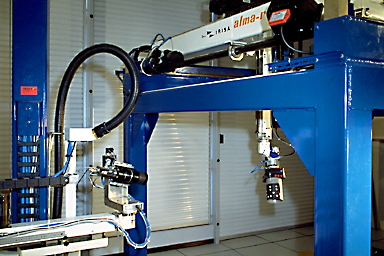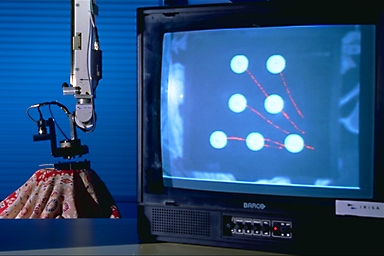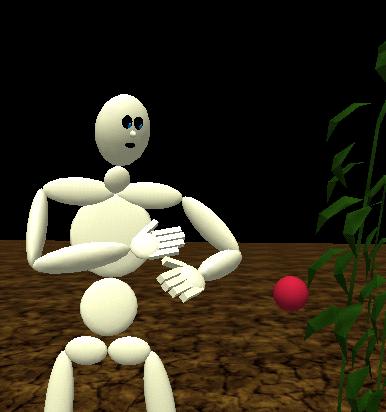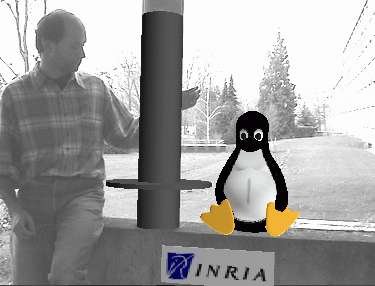The natural applications of our research are obviously in robotics. In the past, we mainly worked in the field of the grasping and of the manipulation of tools, in the field of underwater robotics for the stabilization of images, and the positioning of uninstrumented robot arms, in the field of agro-industry for the positioning of a vision sensor in order to ensure an improvement of the quality controls of agro-alimentary products, as well as in the field of the video surveillance (control of the movements of a pan-tilt camera to track mobile natural objects). More recently, we addressed the field of mobile robotics via the activities undertaken around the Cycab vehicle: detection and tracking of mobile objects (pedestrians, other vehicles), control by visual servoing of the movements of the vehicle.
In fact, researches which we undertake in the Lagadic group can apply to all the fields of robotics implying a vision sensor. They are indeed conceived to be independent of the robot system considered (the robot and the vision sensor can even be virtual as we will see it in the continuation).
Currently, we are interested in using visual servoing for the control of robot arms in space, and underactuated flying robots, such as miniature helicopters and aircrafts.
In collaboration with the Visages team, we also address the field of medical robotics. The applications under consideration for the moment turn around new functionalities of assistance to the clinician during a medical examination: visual servoing on echographic images, active perception for the optimal generation of 3D~echographic images, coupling between an off-set vision of the field of examination and a force sensor for tele-operated examinations, etc.




